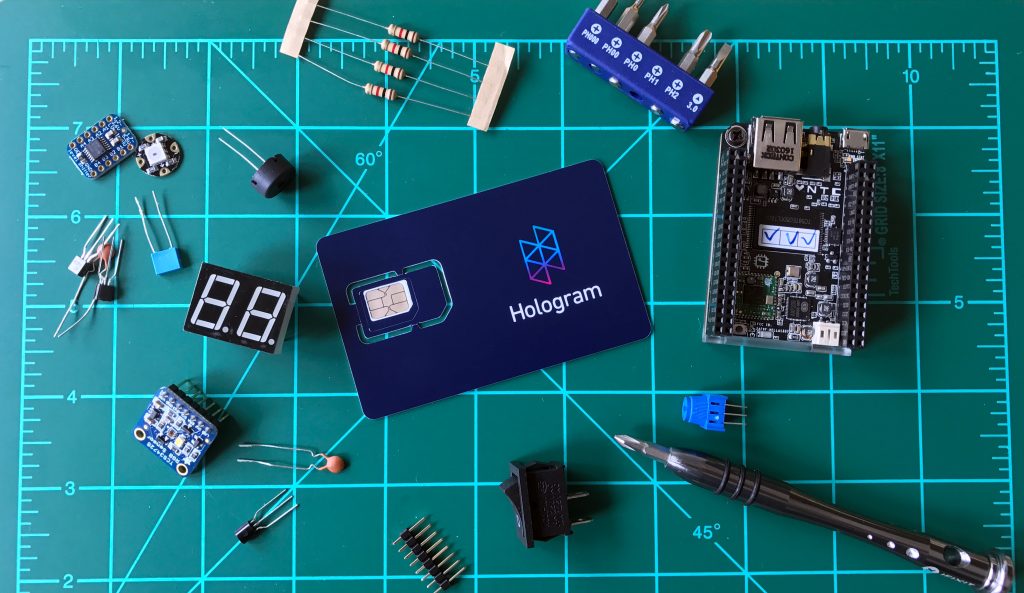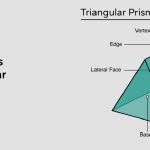IoT (Internet of Things) sim cards are a crucial component of IoT devices, allowing them to connect to cellular networks and communicate with other devices and systems. There are several key technical points to consider when using IoT sim cards, including security, compatibility, and scalability.
One of the most important technical points for an IoT sim card is security. As IoT devices collect and transmit sensitive data, it is essential to ensure that this data is protected from unauthorized access and tampering. IoT sim cards can use various security features, such as encryption and secure protocols, to protect data transmitted over cellular networks. Additionally, many IoT sim cards support Remote SIM Provisioning (RSP), which allows for over-the-air provisioning and management of sim cards, making it easier to secure and update devices (Reference: ETSI, Remote SIM Provisioning for Machine Type Communications (MTC); Technical Specification (TS) 131 112 V14.2.0 (2020-06))
Another key technical point is compatibility. IoT sim cards must be compatible with the cellular network and the device they are being used in. This includes compatibility with the frequency band of the cellular network, as well as the form factor of the sim card. Some IoT devices, such as sensors and wearables, have limited space and require smaller sim cards. Additionally, some devices may require embedded sim cards, which are soldered onto the device, rather than removable sim cards. To ensure compatibility, it is important to check the specifications of the device and the cellular network before selecting an IoT sim card.
Scalability is also an important technical point to consider when using IoT sim cards. As the number of IoT devices increases, it becomes more difficult to manage and maintain them all. IoT sim cards can help address this issue by allowing for the management of multiple devices from a single platform. This can include the ability to provision and manage sim cards over-the-air, as well as the ability to monitor usage and manage billing for multiple devices. This can make it easier to scale IoT deployments and add new devices as needed. (Reference: GSMA, IoT SIM Management, (2022))
Another important technical point for IoT sim cards is the type of connectivity they support. Some IoT sim cards only support 2G connectivity, while others support 3G, 4G, and even 5G. It is important to consider the type of connectivity required by the device and the application it will be used for. For example, a device that requires high-bandwidth applications such as video streaming or real-time monitoring may require 4G or 5G connectivity. (Reference: ITU-T, International Mobile Telecommunications-2020 (IMT-2020) (2015))
Finally, it is important to consider the cost of IoT sim cards and the associated data plans. IoT sim cards and data plans can vary significantly in price, and it is important to select a plan that fits the needs of the device and the budget of the organization. Some IoT sim cards may require long-term contracts or large upfront costs, while others may offer pay-as-you-go plans with low or no upfront costs. It is important to consider the total cost of ownership when selecting an IoT sim card and data plan.
IoT sim cards are a crucial component of IoT devices and play a vital role in connecting them to cellular networks. The technical points to consider when using IoT sim cards include security, compatibility, scalability, connectivity and cost. By taking these points into consideration, organizations can ensure that they select the right IoT sim card for their device and application, and can take advantage of the many benefits that IoT connectivity has to offer.


